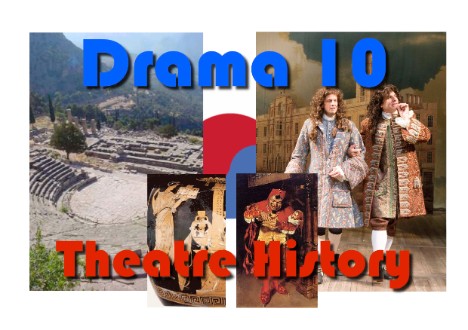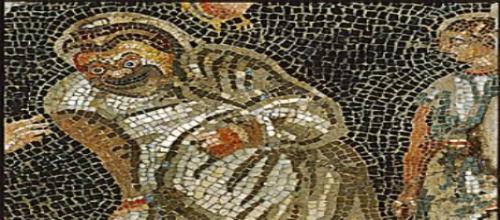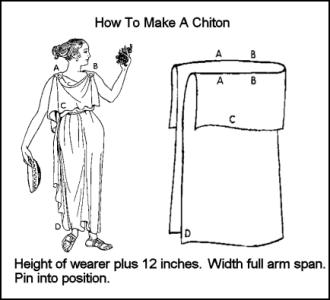

|
MYP 10 Overview 2011.pdf Size : 2113.414 Kb Type : pdf |

|
Women of Troy Intro.pdf Size : 59.178 Kb Type : pdf |

|
MYP 10 Greek Test Criteria.pdf Size : 84.125 Kb Type : pdf |

|
Greek Playwright Poster Project.pdf Size : 69.017 Kb Type : pdf |

|
Greek Poster Assessment.pdf Size : 257.836 Kb Type : pdf |

|
Fragment of a Greek Tragedy Houseman.pdf Size : 33.547 Kb Type : pdf |

|
Fragment Task.pdf Size : 73.147 Kb Type : pdf |

|
Fragment Assessment.pdf Size : 112.879 Kb Type : pdf |

|
MedeaInfo.pdf Size : 68.535 Kb Type : pdf |

|
memory for acting.pdf Size : 66.728 Kb Type : pdf |

|
Greek Cast for 2013.pdf Size : 57.519 Kb Type : pdf |



|
Line Memorization Summative.pdf Size : 40.747 Kb Type : pdf |

|
Everyman(Abridged).pdf Size : 200.867 Kb Type : pdf |

|
Everyman Assessment Task.pdf Size : 88.953 Kb Type : pdf |


|
Story Structure.pdf Size : 64.969 Kb Type : pdf |